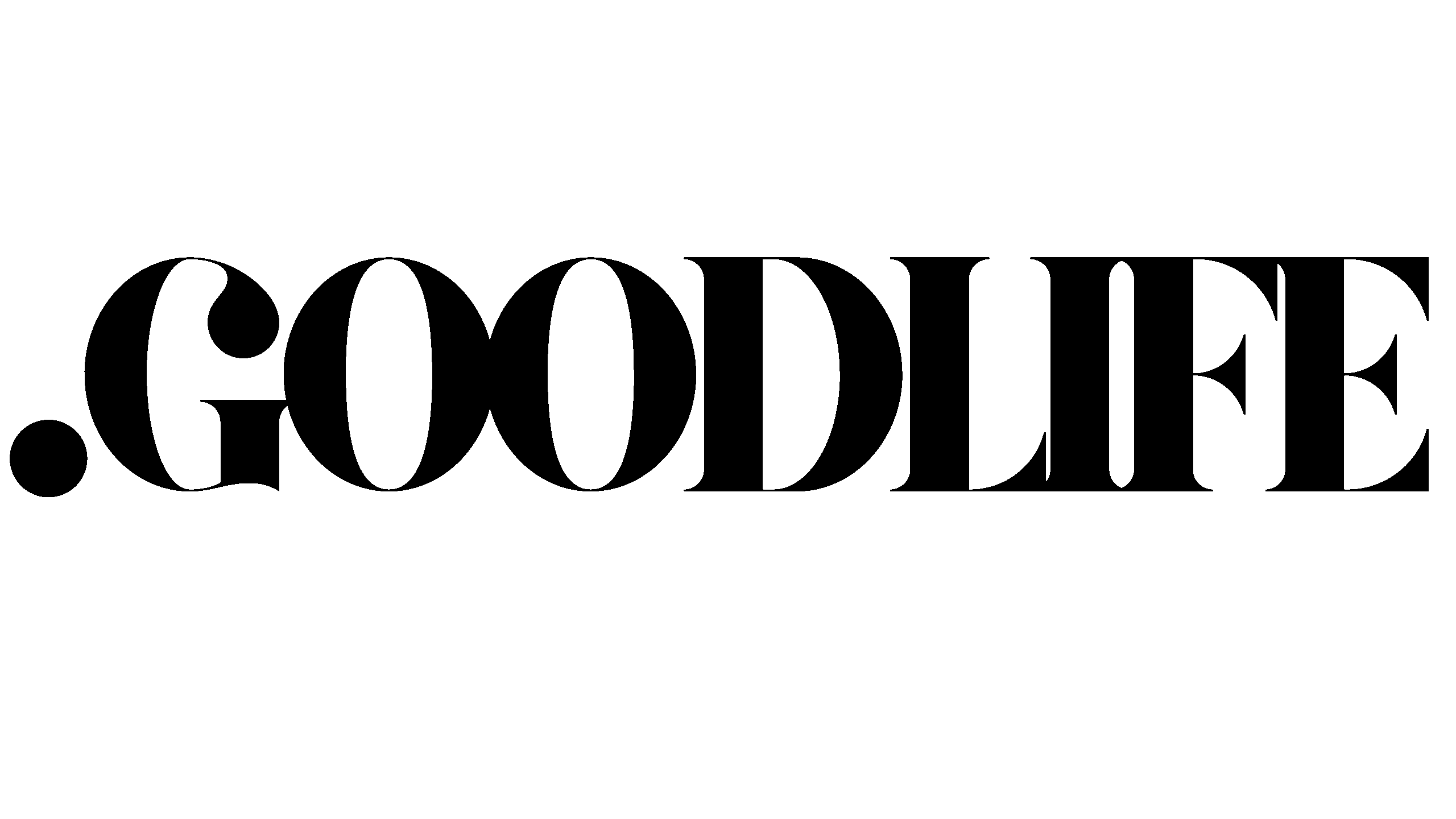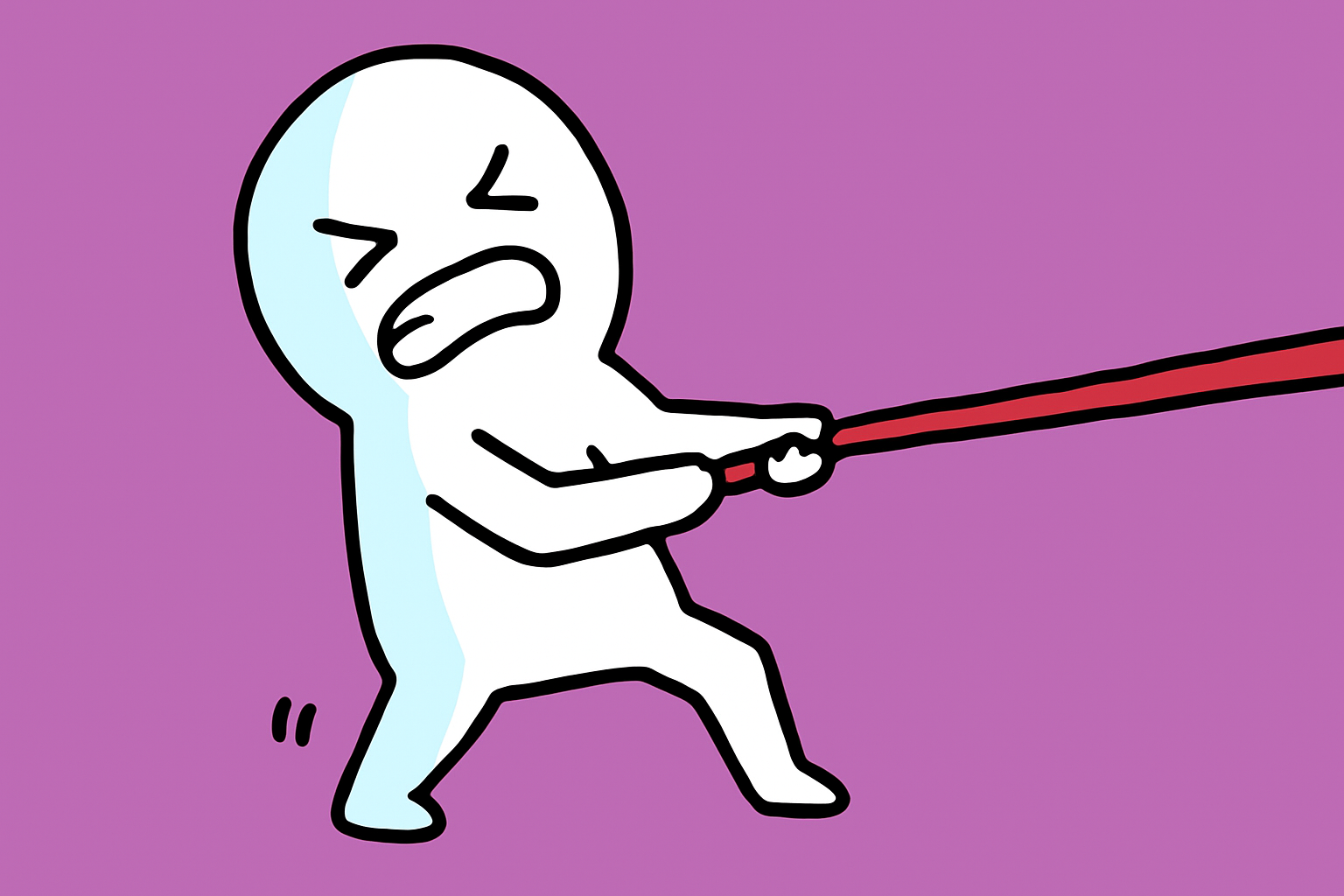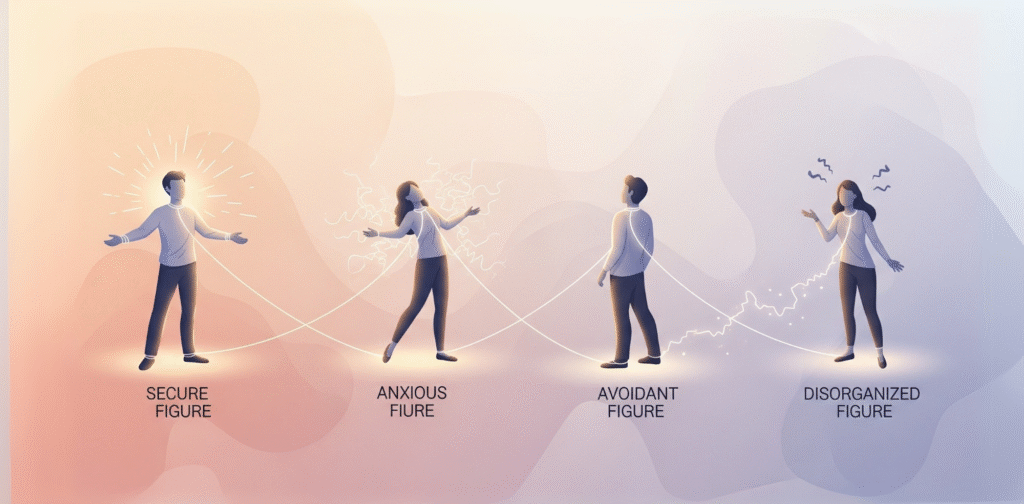Do you constantly worry your partner doesn’t love you enough? Feel anxious when they don’t reply quickly? Or overthink small signs in your relationship? These might be signs of anxious attachment a powerful emotional pattern that can affect how you give and receive love.
What is Anxious Attachment?
Anxious attachment is one of the four major attachment styles rooted in childhood experiences. It typically develops when caregivers are inconsistent sometimes loving and attentive, other times distracted or unavailable.
As a result, the child grows up uncertain about whether their needs will be met. In adulthood, this uncertainty can turn into:
- Fear of abandonment
- Craving constant reassurance
- Sensitivity to relationship changes
- Overanalyzing your partner’s behavior
“Anxious attachment is like walking on a tightrope trying to stay close without falling apart.”

How It Feels in Relationships
If you have an anxious attachment style, you might:
- Feel anxious or insecure when your partner is distant
- Constantly seek closeness and approval
- Fear rejection even in healthy relationships
- Struggle to trust that love will last
- Become emotionally overwhelmed during conflict
You may also find yourself stuck in a loop of overgiving, hoping it will earn you love and security.
“People with anxious attachment often love deeply but doubt they’re lovable.”
Where It Comes From
Anxious attachment often stems from childhood experiences where love felt unpredictable. A caregiver may have been loving at times, but neglectful or emotionally unavailable at others.
This inconsistency teaches the child:
“Love can disappear at any moment.”
So they learn to cling to love tightly, fearing it will go away.
“When love was uncertain in the past, fear often follows it into the future.”
Anxious vs. Other Attachment Styles
Let’s compare anxious attachment to the other three styles:
| Style | Core Fear | Relationship Behavior |
|---|---|---|
| Anxious | Being abandoned or unloved | Clingy, seeks reassurance, emotionally intense |
| Avoidant | Losing independence or being vulnerable | Distant, avoids closeness, values self-reliance |
| Secure | Trusts love and connection | Communicates openly, balances closeness and space |
| Disorganized | Fears love and abandonment simultaneously | Hot-and-cold, unpredictable, often trauma-related |
“While the anxious attach for safety, the avoidant withdraws to feel safe. Neither is wrong they’re just wounded in different ways.”
Can Anxious Attachment Be Healed?
Yes. Attachment styles aren’t fixed. With self-awareness, healthy relationships, and sometimes therapy, you can move toward secure attachment.
Here’s how to start:
- Name the pattern – Recognize when fear is driving your behavior.
- Pause before reacting – Practice emotional regulation.
- Communicate openly – Tell your partner what you need.
- Build self-worth – Learn that you are lovable, with or without reassurance.
- Choose safe partners – Being with someone secure can help you feel safe too.
“Healing isn’t about never feeling anxious—it’s about knowing you’re still worthy of love, even when you do.”
Final Thoughts
Anxious attachment is not a flaw it’s a response to early emotional wounds. If this is your style, know that you’re not “too much” or “too needy.” You’re simply someone who longs for consistent, safe love.
With time and intention, anxious attachment can transform into a secure way of loving one built on trust, balance, and emotional safety.
“You can’t change the past, but you can choose relationships that heal, not repeat.”
Sources:
- Bowlby, J. (1988). A Secure Base
- Levine, A. & Heller, R. (2010). Attached
- The Attachment Project (www.attachmentproject.com)
- PsychCentral and Verywell Mind articles on attachment styles
Thanks for reading





